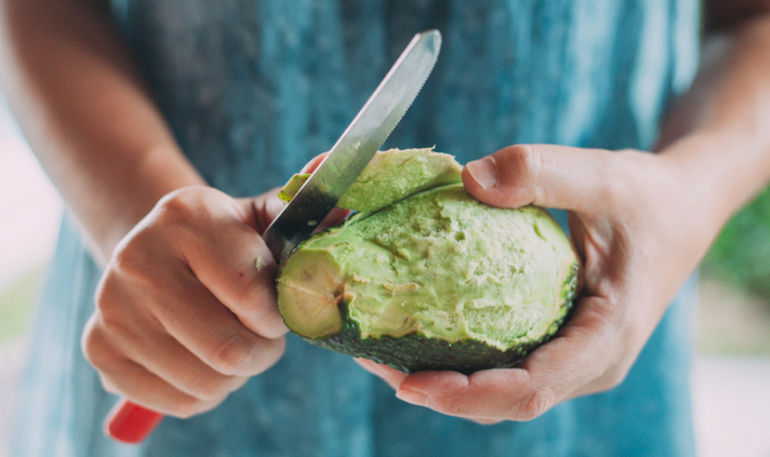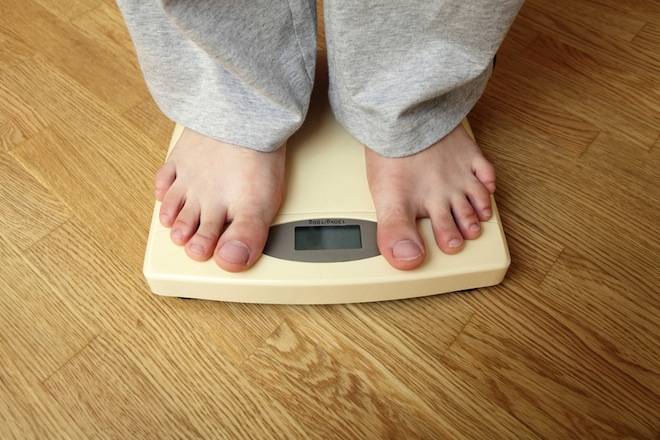Weight Loss Tip: Read & Understand Food Labels
When you really need to lose weight, it helps tremendously to actually read the labels of food you're buying and eating. Even better than reading those labels though, is understanding what they mean.
Many food items these days carry labels boasting how healthy they are for you: "Low Fat", "Reduced Calorie", and other claims are written all over the packaging... but do you really know what those claims mean? You might actually be surprised.
These labels - or claims - are regulated by the FDA. What they actually mean however, isn't always exactly what they say. For instance, something marked "Cholesterol Free" might actually have Cholesterol in it. Takie a look at some of the FDA guidelines and you'll see what I mean:
* Fat-Free: Less than 0.5 grams of fat per serving, with no added fat or oil
* Low fat: 3 grams or less of fat per serving
* Less fat: 25% or less fat than the comparison food
* Saturated Fat Free: Less than 0.5 grams of saturated fat and 0.5 grams of trans-fatty acids per serving
* Cholesterol-Free: Less than 2 mg cholesterol per serving, and 2 grams or less saturated fat per serving
* Low Cholesterol: 20 mg or less cholesterol per serving and 2 grams or less saturated fat per serving
* Reduced Calorie: At least 25% fewer calories per serving than the comparison food
* Low Calorie: 40 calories or less per serving
* Extra Lean: Less than 5 grams of fat, 2 grams of saturated fat, and 95 mg of cholesterol per (100 gram) serving of meat, poultry or seafood
* Lean: Less than 10 grams of fat, 4.5 g of saturated fat, and 95 mg of cholesterol per (100 gram) serving of meat, poultry or seafood
* Light (fat): 50% or less of the fat than in the comparison food (ex: 50% less fat than our regular cheese)
* Light (calories): 1/3 fewer calories than the comparison food
* High-Fiber: 5 grams or more fiber per serving
* Sugar-Free: Less than 0.5 grams of sugar per serving
* Sodium-Free or Salt-Free: Less than 5 mg of sodium per serving
* Low Sodium: 140 mg or less per serving
* Very Low Sodium: 35 mg or less per serving
As you can see, reading the labels becomes very important with most of the claims made. If someone where to buy a product labeled "Reduced Fat", they generally think they're eating healthy. But if the product is normally extremely high in fat, the "reduced" version only has to have 25% less than the regular one in order to put that claim on their package. And 25% less than something that's pretty high to begin with is usually higher than you want for optimal health and weight loss.
The same problems occur with food items labeled "free". Cholesterol free, sugar free, calorie free, etc. - these are a bit misleading. When you buy a cholesterol free product, you're not getting zero cholesterol. You're only getting a small amount, but the point is you're not getting "zero", which is what the label implies.
So when you're working hard to lose weight, be sure to read the labels... even on those items that say sugar free, calorie free, or fat free. And if they actually do have a little bit of sugar, calories or fat, be sure to factor that in to your overall daily intake. Doing this one little thing can make a big difference in how fast you lose weight, as well as how much you lose.
-
Say Goodbye to Fast Food Weight with Fat Burners
There is no doubt that fact that the eco
-
Lose Weight at Home with These 3 Simple Steps
The entire lose weight at home scenario
-
5 Secrets to Portion Control
You may be exercising, watching what you eat, doing all the right t
-
Quick And Easy Weight Loss With These Tips
Losing weight can be a hard endeavor. With a little knowledge and op
-
7 Exercise and Diet Tips to Lose Belly Fat
If neglected for a long time, obesity ma
-
How to Lose Weight Effectively Using Various Exercises
Losing weight is not as simple as you mi
- DON'T MISS
- 9 Easy Ways to Slimming Fast and Naturally
- Managing Peer Pressure to Achieve Weight Loss Goals
- Weight Loss Season is Coming - Tips for Getting in Shape for Summer
- The Healthy Truth: How not to gain weight this summer
- Green Tea Weight Loss: More Than An Antioxidant
- 4 Tips For Fast Fat Loss Part I
- Is Food Addiction A Craving You Can't Control?
- 10 Reasons Why I Stopped Counting Calories
- Low Carb and Low Fat Diets...A Scam?!
- Walking For Fat Loss




